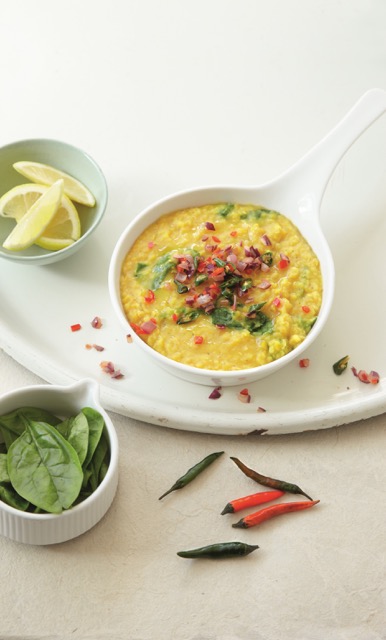2016 has been declared ‘The International Year of Pulses’ by the United Nations and so, at last, I’m given the perfect excuse to really shout about one of my favourite things to eat.
 A couple of years ago I wrote a book about legumes, called quite simply “PULSE” because I felt that so many people didn’t recognize the incredible versatility and variety of these unsung heroes of the larder. My message is the same today: as a cook I never tire of pulses, and as a voracious eater I’ve never fallen out of love with them. I want to eat legumes firstly because they taste fabulous. All the other plus points, and there are so many of them, come as a bonus.
A couple of years ago I wrote a book about legumes, called quite simply “PULSE” because I felt that so many people didn’t recognize the incredible versatility and variety of these unsung heroes of the larder. My message is the same today: as a cook I never tire of pulses, and as a voracious eater I’ve never fallen out of love with them. I want to eat legumes firstly because they taste fabulous. All the other plus points, and there are so many of them, come as a bonus.
I like to spend my family food budget wisely and pulses are remarkably cheap, especially if you buy them dried, and if you’re short of time the cans are also very economical.
Some days we’ll eat a bowl of dal, accompanied by a spiced tarka – a mixture of spices and aromatics, onions or garlic – and some flat bread for supper. It costs a matter of pence to make, but there’s no sense of deprivation: it’s one of my favourite suppers.
 Jenny Chandler’s Tarka Dal: a combination of moong dal (skinned and split mung beans) and masoor dal (red lentils), simmered with ginger, garlic, turmeric, salt and fresh coriander, zapped-up with a spicy tarka made with chilies, red onions and ghee or butter.
Jenny Chandler’s Tarka Dal: a combination of moong dal (skinned and split mung beans) and masoor dal (red lentils), simmered with ginger, garlic, turmeric, salt and fresh coriander, zapped-up with a spicy tarka made with chilies, red onions and ghee or butter.
Legumes aren’t just an important source of protein for vegetarians and vegans, they’re fabulously nutritious for the increasing number of people who are just opting to eat less (but better quality) meat or fish. The food world has opened up. Who wants to be eating traditional ‘meat and two veg’ every night when we have the amazing tastes and techniques of so many different cultures at our fingertips?
Pulses are the chameleons of the kitchen: take a chickpea for example. We could start out in Spain with the chickpeas supping up the smoky richness of chorizo sausage, move on to Italy and enjoy a hearty rosemary and chickpea soup, dive down to the Eastern Mediterranean for silky hummus and end up in Northern Indian with a tangy spiced Chana Masala. The chickpea is the main ingredient in each of these dishes and yet the similarities stop right there.
I don’t take the calorie counting approach to life, I love my food too much, but I do eat a plant heavy diet and cook largely with natural, unprocessed ingredients. I think of pulses as “accidentally” healthy food: they fill you up, are packed with fibre and are incredibly nutritious. What’s not to like?
2016 promises so much, it’s not just a chance to spread the word of why we should be eating more pulses. From my perspective as a cook it’s an opportunity to share and exchange recipes and food memories, tips and techniques across the globe. It’s time to set those pulses racing.
Jenny Chandler’s book Pulse is published by Pavilion, photographs by Clare Winfield (the American edition The Better Bean Cook Book published by Sterling Epicure).
by Jenny Chandler, cook, food writer and author of Pulse.

